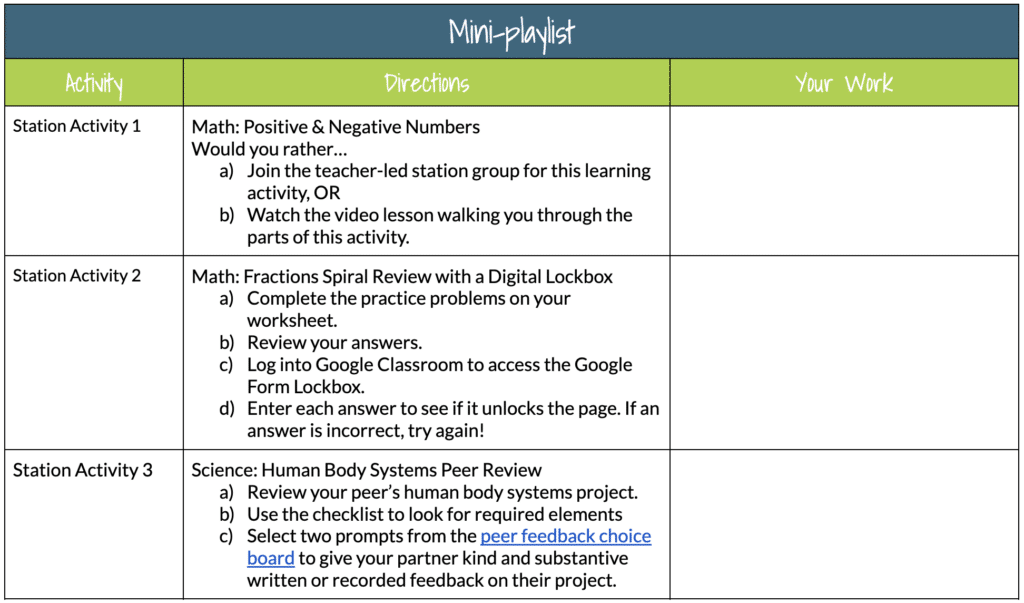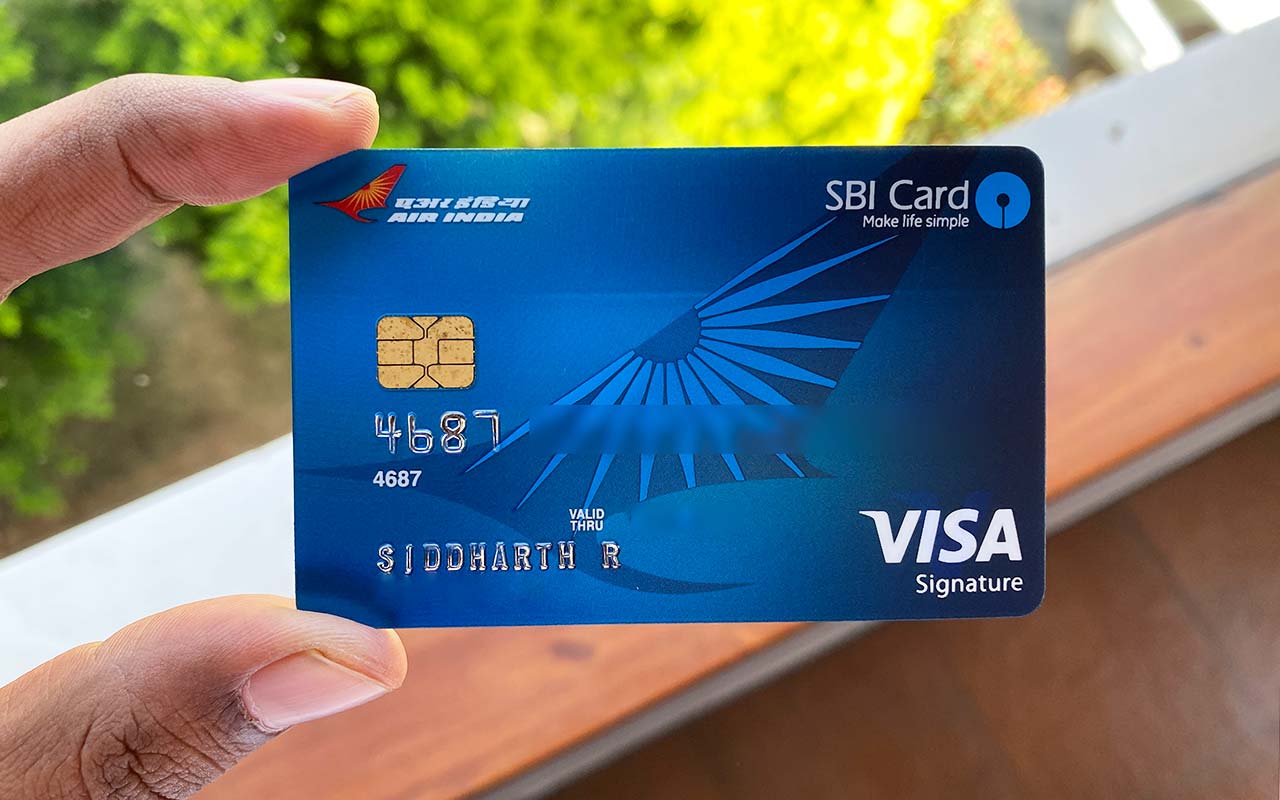
In coaching sessions earlier this week, I worked with two different teams of teachers who were concerned about a couple of students who might not function well in a small group dynamic. Generally, I stress the importance of balancing individual and collaborative tasks because students need opportunities to work independently and collaborate with diverse partners.
Despite my belief that students should have opportunities to work with their peers, students who are struggling with mental health challenges, have individual education plans (IEPs), or are simply having a bad day may not do as well in a station rotation lesson where they have to work closely with others. In those moments, teachers may be tempted to abandon the station rotation model in favor of a whole group teacher-led lesson. Instead, I demonstrated a new strategy for my teachers: take a station rotation lesson and turn it into a mini-playlist for students who will benefit from working individually and self-pacing through a sequence of learning activities.
Turning a Station Rotation into a Mini-playlist
The station rotation model rotates students through online and offline learning activities. There are three types of stations: a) teacher-led, b) online, and c) offline. A station rotation lesson typically has 3-4 stations that students move through during a class or two, depending on the length of the class.
Let’s look at an example!
Below is a third-grade math/science station rotation I developed with a teacher during a lesson design coaching session.
Teacher-led Station
Math: Positive & Negative Numbers
Hook the group: Use a YummyMath problem that challenges students to explore real data on extreme weather and chart highs/lows on an open number line.
I do, we do, groups do, you do (gradual release) with “understanding integers” math cards.
Provide additional instruction and support to students who struggle to complete the “groups do.”
Online Station
Math: Fractions Spiral Review with a Digital Lockbox
Strategically pair students and provide them with a set of practice problems.
Ask them to work out the problems individually and then compare answers. If they disagree on an answer, discuss it and compare the process they used.
Once they have agreed on the answers, ask them to use one computer and attempt the Google Lockbox challenge.
Offline Station
Science: Human Body Systems Peer Review
Give students a peer’s human body systems review project to assess.
Ask them to use the checklist to look for required elements (e.g., vocabulary words, length, colored images), then select two prompts from the peer feedback choice board to give their partner kind and substantive written or recorded feedback on their project.
In a station rotation, small groups of students will begin at each station and move through the different activities in a circular flow. If we take that station rotation and use the individual activities to design a mini-playlist for students who would benefit from working on their own and self-pacing through these learning activities, it might look like the playlist below.

Teachers may require that the students working through a mini-playlist start the lesson with a group at the teacher-led station to receive differentiated direct instruction or interactive modeling session, then transition to working independently. Alternatively, teachers can provide a video lesson for students to self-pace through.
Learner variability is the norm. We know students have different needs, learning preferences, language proficiencies, etc. Always requiring them to complete learning tasks the same way does not address or honor that variability. Teachers may want to periodically provide students with the agency to decide whether to move through a sequence of learning activities in a station rotation or a mini-playlist format. This meaningful choice encourages students to select the type of lesson they think they will be most successful completing and help them develop into expert learners.
Check out my mini-course to learn how to design differentiated station rotation lessons. If you have used the station rotation model and had questions about it, check out this blog where I answer frequently asked questions.





